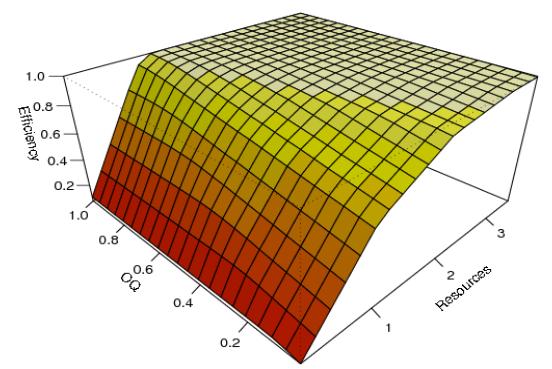Collaborating GEO-BENE partners: IIASA (leader), KTL /Finland/
Background
The complexity of an earthquake as a geophysical phenomena and the lack of understanding of deep underground processes causing it do not allow the humankind at the current state of technology and science to reliably predict earthquakes. Nevertheless, the consequences of the disaster may be substantially reduced through proper preparation and rapid response to the event. We consider a model of an aftermath response, the main purpose of which is to save as many lives as possible immediately after the earthquake.
Data
This is a simulation study; the parameters of the simulation are based on the previous research in the field.
Methods
The utility of information is assessed by varying the following parameters:
- (1) the severity of an event
- (2) the sensor network resolution
- (3) resources availability, and
- (4) population density.
Results
One of the study’s main outcomes is the analysis of the stochastic rescue efforts efficiency function defined in the 4-dimensional space. This function’s properties characterize a tight relationship between preventive and proactive measures and quality of observations. The optimal strategy for risk reduction should be based upon the trade-off between the costs of rescue resources, investments into preventive measures and observation systems, and admissible level of risk.
Status
Manuscript in preparation (as of February 2008).
Figure: Rescue efficiency after an earthquake depending on available rescue resources and density of a sensor network.

